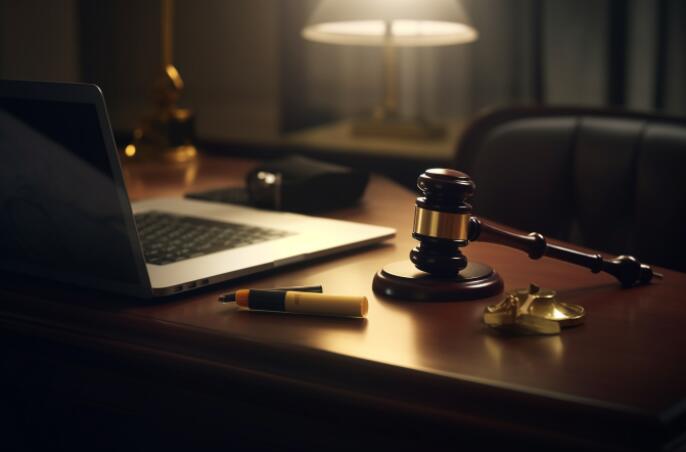Recently, a case that occurred in Texas, USA, attracted attention: a lawyer was punished for using AI to generate false cases and citations in court documents. The editor of Downcodes will conduct an in-depth analysis of this incident, discuss the application and challenges of AI technology in the legal field, and how to avoid similar incidents from happening again. This incident also serves as a wake-up call for legal practitioners. While embracing new technologies, they must also adhere to professional ethics and legal norms to ensure the accuracy and reliability of legal work.
Recently, in a case in Texas, an attorney was punished for using artificial intelligence-generated fake cases and citations in court documents. The incident has once again drawn attention to the use of AI tools by lawyers in legal work. The case involved a wrongful termination lawsuit against Goodyear Tire & Rubber.

Picture source note: The picture is generated by AI, and the picture authorization service provider Midjourney
U.S. District Judge Marcia Crone of the Eastern District of Texas issued a ruling on Monday, deciding to fine plaintiff attorney Brandon Monk $2,000 and require him to attend legal seminars. Lessons in Generative AI. The ruling is another case in recent years in which lawyers have been disciplined for citing false claims generated by AI in court documents.
Goodyear noted in an October court filing that several of the cases cited by Monk did not exist. In response, Judge Crown asked Monk earlier this month to explain why he should not be punished for failing to comply with federal and local court rules, specifically failing to verify content generated by technology.
In a Nov. 15 filing, Monk apologized and said it was due to an unintentional error while using an AI legal research tool. He also acknowledged that some references to information were not properly placed. However, Judge Crown found that Monk was liable for failing to verify his findings and to correct the problems after Goodyear pointed them out.
With the rapid development of generative AI, federal and state courts are also actively responding to this phenomenon and have issued relevant orders to regulate the use of AI tools by lawyers and judges. Because these AIs often produce "fictitious" information when generating information, it brings potential risks to legal work. This incident not only reflects the need for lawyers to be cautious when using AI tools, but also reflects the rapid development of technology in the legal industry. Another warning on how to maintain professional accuracy in the context of
This case reminds us that although AI technology can improve efficiency, its reliability still needs to be carefully considered. Legal workers should strengthen their understanding and application of AI tools and always maintain a rigorous professional attitude to ensure the accuracy and reliability of legal work. Only in this way can we better safeguard legal fairness and justice in the wave of scientific and technological progress.